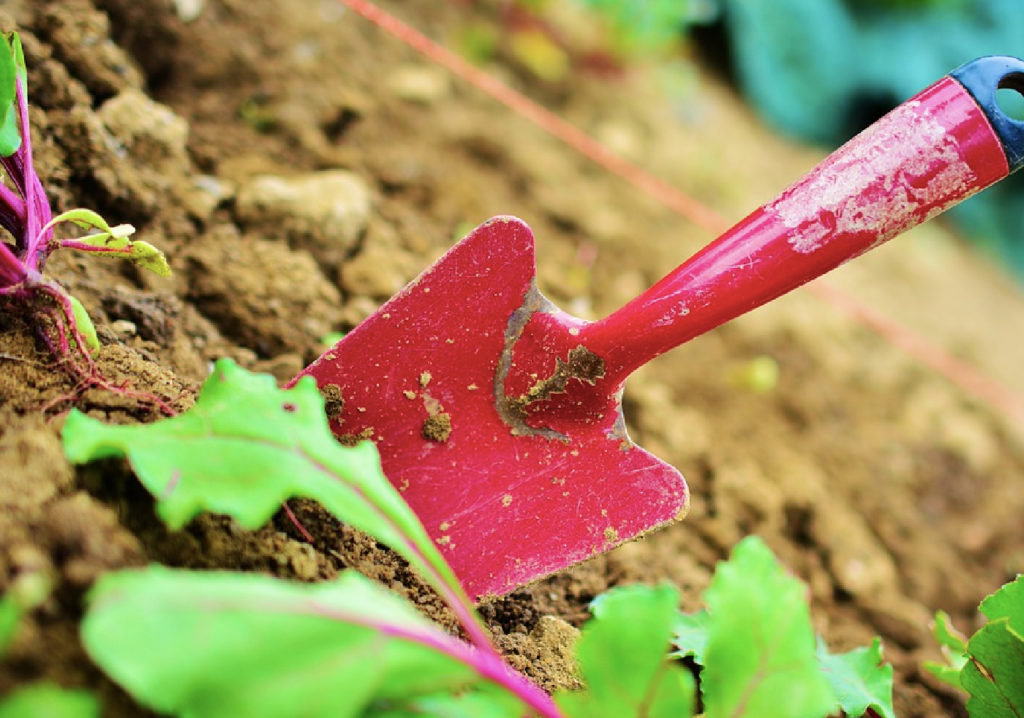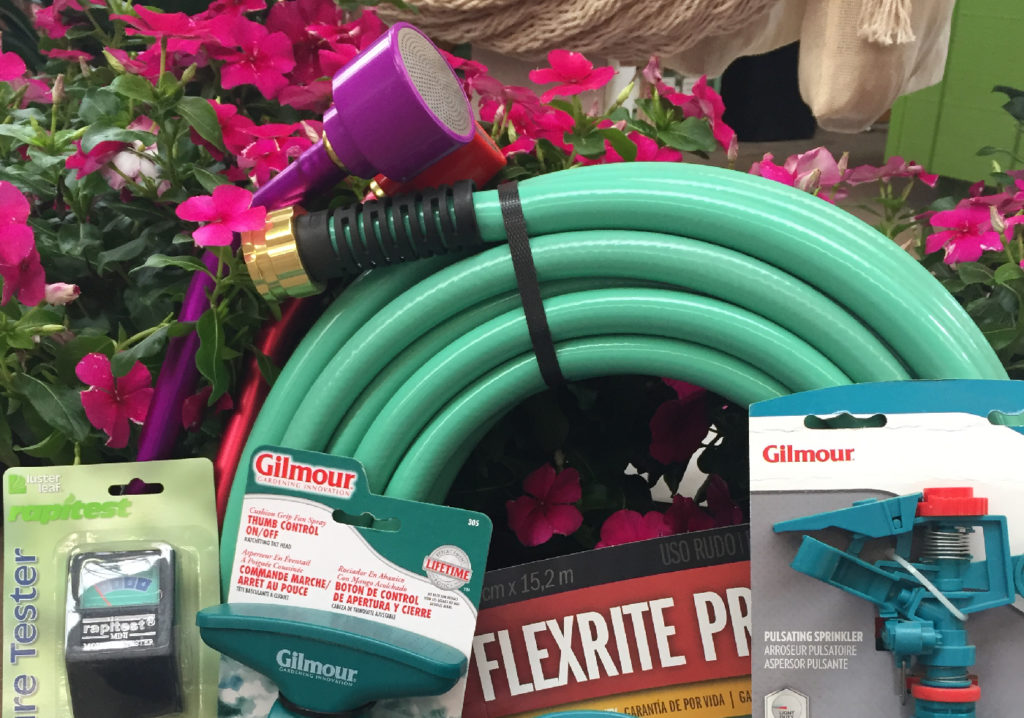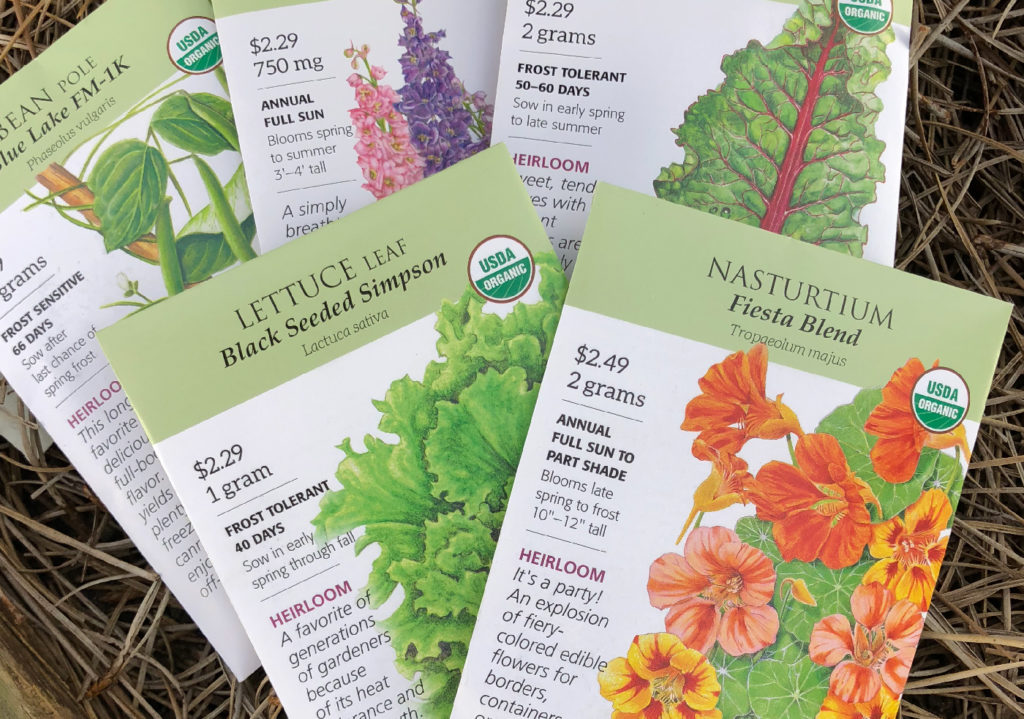August is the homestretch to that next great planting season…Fall! So, no surprise August is about getting ready for cooler days ahead while keeping everything hydrated and pretty.
Check out our August Garden Guide for more tips and remember that trees, shrubs, and perennials can be planted 12 months out of the year! The only difference is the amount of water they need depending on temperatures and wind!
1. Prepare gardens for planting

Clean out, pull up tired veggies, herbs, & flowers. Weed garden beds, add Cotton Burr Compost or Nature’s Blend Compost to your planting areas. Healthy soil makes healthy plants!
2. Keep Your Lawn and Landscape Watered

So important that plants, trees, and your lawn get enough H2O. Established trees, shrubs and lawns need an average of 1 inch of water per week if we don’t get rain. Newly planted plants & grass need more.
3. An Oasis for Wildlife

With summer heat, local wildlife is searching for water. Add a place you can keep a birdbath or shallow dish with fresh water for birds, butterflies, frogs, lizards, and others to get a much-needed drink. Change it often.
4. Start Seeds & Transplant

Start them in small pots to transplant later in the month or plant transplants & sow directly into the soil. Keep seed beds and starter plants shaded from afternoon sun until they acclimate to full sun. Tomatoes, peppers, and host of veggies & herbs will be here in seed and transplants. If you want pumpkins for Halloween, you need to start the seeds this month!
5. Feed Your Plants

Most tropical plants & summer bloomers will need a good meal by now. Plant Tone, Rose Glo, and Hasta Gro are all effective organic fertilizers that help your plants and soil. Hibiscus Food is a favorite for many as well. All will give your plants a good feeding.



Angela Clark says
We live in Flour Bluff, and I have a question about watering our lawn. We have always heard watering once a week heavy is the best and your newsletter said 1 inch once a week. However, with sandy soil would you still recommend this schedule for watering? Thanks for your advice. Gills is always so helpful!
james gill says
Angela, you are correct that sandy soil requires more frequent watering in smaller amounts, as it does not retain moisture as long as a clay loam soil. You can add organic matter before planting, and continue to supplement with periodic applications of compost or decomposable organic mulches, as these will act as sponges to hold moisture and nutrient longer. If you choose to add a heavier clay soil to your sandy soil to hold water, be sure to mix it in thoroughly with the top 12 to 18 inches. If you are looking ahead to more limited water availability in future, I would be likely to choose drought tolerant trees and shrubs, and limit lawn areas to 20% or less of your total landscape.
Brenda Hutchens says
Leaving one garden in Rockport to start a brand new landscape in Corpus Christi, Gill’s is my “Go-to” source for great plants and answers to all mu gardening questions. Thank you.
james gill says
Yes, Brenda, gardening will be different, hope you enjoy “gumbo”!
Jerry and Joan Rutter says
We love your E-mailings. Many thanks!
james says
Our thanks to you for supporting us! If we just had a few neighbors and friends to talk gardening with, that would still be fun, but we get to talk gardening all day long every day, with thousands of good folks! Meaning we get to share tons of our knowledge, and are also constantly learning through your experiences. So much fun!